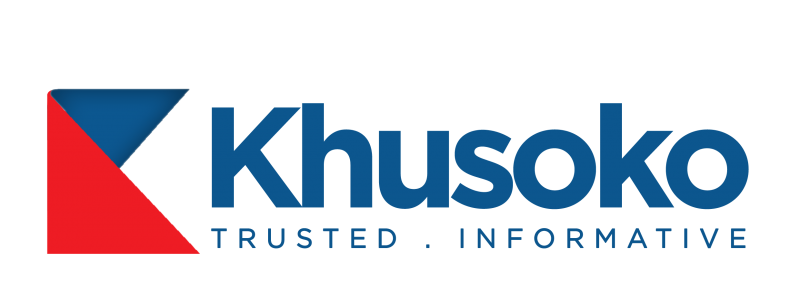As mobile banking rapidly evolves and competition becomes rampant, the question remains how much good versus damage is left in its wake?
As banks join Fintech companies in offering credit loans, the target market for these loans continue to borrow more for regular household use and gambling.
The Central Bank of Kenya (CBK) is also actively playing part in the race to grab a market share by steering the Stawi mobile loan, in partnership with five banks, which is aimed at benefiting small and medium-sized enterprises. Even as this develops, no clear regulations have been set and no regulatory body has been established to regulate the area of mobile banking credit.
As mobile loan products increase and more companies issuing mobile loans are registered, there is no effort to increase the financial literacy of the target market.
As the products are rolled out, the assumption is that the market understands the conditions of the loans and the terms that follow such loans.
Unfortunately, this is not the case. Most borrowers just want money. They do not understand that though the interest is stated as 9% there are fees that are attached to these loans. Administration/facilitation fees, insurance fees, and excise duty commissions have to be recovered by the lender. This increases the amount of money one pays back up and above the interest rate.
READ:
The aim of Stawi is to improve credit for small and medium-sized enterprises who are usually locked out of formal banking and cannot access credit from banks. The Dr. Patrick Njoroge, CBK Governor, hailed it as revolutionary and filling a gap. But how is the gap being filled if the people taking such loans will not apply them to their businesses and they have limited knowledge of the true cost of credit?
We need to go back to the basics
Financial literacy and personal finance on budgeting need to go hand in hand with the growth in the lending sector. Statistics show that most of the youth taking credit from the mobile loan apps that are listed on the Credit Reference Bureau (CRB) used the money for gambling.
READ:
- Create more awareness on cashless payments, debit cards
- Digital Credit: the need and demand for consumers’ financial literacy now at an all-time high
- Betting Board Bans Outdoor, Online Advertising of Gambling and Celebrity Endorsements
Gambling and Betting companies are also on the rise, a justification that a good percentage of the population is engaged in gambling. Application of funds into businesses should be monitored to ensure that the credit is used in growing the business. The companies giving the loans do not care about how the funds are applied, they only care that the borrower pays back with interest. And this can be argued as the reason why we remain stagnant as an economy. The poor are targeted with products that drive them further into poverty and deep in debt.
However, a lot of research is done on market reception, nothing is done on the level of financial awareness and planning of target markets. Arguably, this is not the responsibility of the financial institutions; they are only in the business of selling. It is up to our education system to create a learning environment where everyone learns the basics of money, interest-earning, compounding, credit, interest payment, and all that accompanies basic finance.
Informal workshops and formal lessons need to be instituted to go hand in hand with the influx of mobile loans especially to the unbanked and those not in formal banking.



